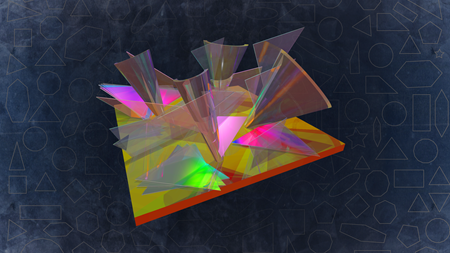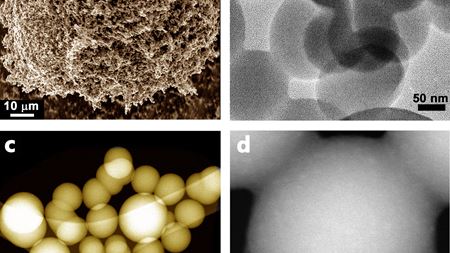News
Innovative process permanently stores plant-captured CO2 as silicon carbide
20 May 2021Laurie Donaldson
News
New way to arrange 2D nanosheets into a 3D configuration to produce new materials
18 May 2021Laurie Donaldson
News
novel way of aligning graphene oxide sheets creates filtration membranes with improved flux and selectivity
30 April 2021Cordelia Sealy
News
graphene oxide can affect the response of synapses in the brain potentially leading to treatment for PTSD
25 March 2021Cordelia Sealy
News
imperfections in the highly regular crystal structure of diamond could hold the key for ultrasensitive biosensing
10 March 2021Cordelia Sealy
News
exposure to graphene oxide can induce anaphylactic shock in small number of non-human primates
8 March 2021Cordelia Sealy
News
carbon spheres, which can be produced easily and greenly, could adsorb carbon dioxide from industrial processes
29 January 2021Cordelia Sealy
News
Alternative uses for coal shown in single stage process
15 January 2021Laurie Donaldson
News
novel approach based on chemical vapor deposition produces forests of nanotubes 14 cm long
13 November 2020Cordelia Sealy